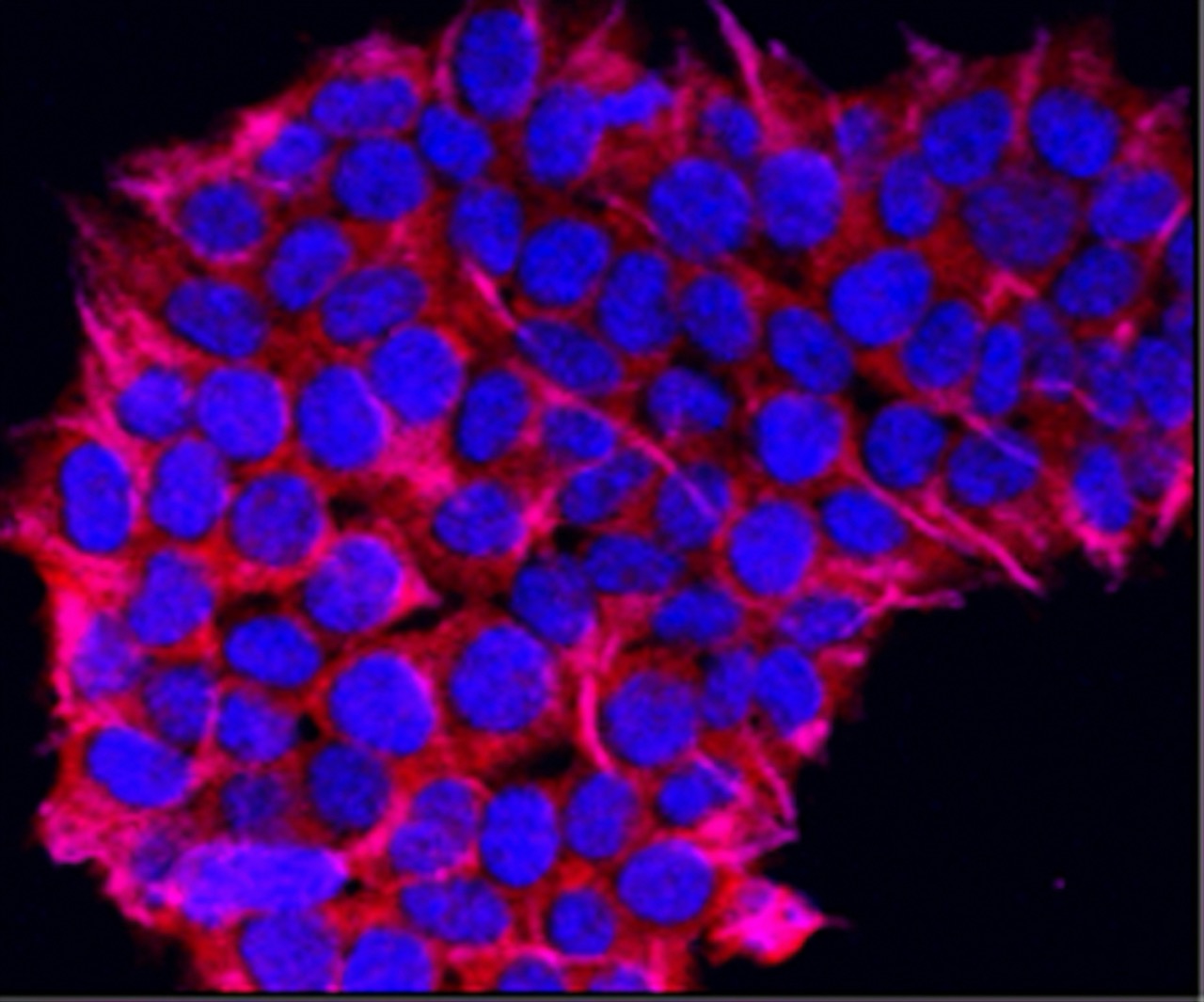How Accurate Are Over-the-Counter STD Tests?
Hey there, health-savvy friends! 🌟 In today’s world, taking control of your health has never been easier, and the rise of over-the-counter (OTC) STD tests is a testament to that. With a quick trip to the pharmacy or a few clicks online, you can pick up a test that promises to give you peace of mind about your sexual health. But how accurate are these tests, really? Let’s dive into the cheerful world of OTC STD testing and find out!
The Rise of OTC Testing
Gone are the days when a visit to the clinic was the only way to get tested for sexually transmitted diseases (STDs). Today, you can grab a test kit on your next grocery run, making sexual health a topic that’s as accessible as picking up a snack. The convenience of OTC testing has empowered many to take charge of their health without the stigma or anxiety that sometimes comes with a formal visit to a healthcare provider.
The Science Behind the Tests
Most OTC STD tests come with instructions that are simple enough for anyone to follow. They often involve a sample of urine, blood, or a swab from the genital area. Once you collect your sample, you send it off to a lab or use a provided testing device. But how do you know if these tests are giving you accurate results?
Sensitivity and Specificity: The Dynamic Duo
When evaluating the accuracy of any medical test, two key terms come into play: sensitivity and specificity. Sensitivity refers to a test’s ability to correctly identify those who have the disease (true positives), while specificity measures how well it identifies those who do not have the disease (true negatives).
Most OTC STD tests boast high sensitivity and specificity rates. For example, many modern kits claim over 90% accuracy for common infections such as chlamydia, gonorrhea, and HIV. However, it’s essential to note that these percentages can vary depending on the type of infection being tested and the specific brand of the test.
The Good, the Bad, and the Ambiguous
While the accuracy rates of OTC tests are generally reassuring, some caveats deserve your attention:
1. Timing Matters
Testing too soon after exposure can result in false negatives. For instance, HIV tests can take weeks to show conclusive results after exposure. So, patience is a virtue when it comes to testing!
2. User Error
Just like baking a cake, following the instructions to the letter is key. Mishandling the sample or not following the guidelines can lead to inaccurate results. So, read those instructions carefully!
3. Follow-Up is Key
If you receive a positive result, it’s crucial to follow up with a healthcare provider for confirmation and treatment. OTC tests can provide a valuable initial screening but should not replace professional medical advice.
The Bright Side: Empowerment and Awareness
Let’s focus on the positives! OTC STD tests are a fantastic way to empower yourself and take charge of your sexual health. They reduce the stigma around testing and encourage more people to get checked. Imagine a world where everyone feels comfortable discussing, testing for, and treating STDs—what a game changer!
Closing Thoughts: Test, Don’t Stress!
In conclusion, over-the-counter STD tests can be accurate and provide a convenient alternative to traditional testing methods. Just remember to consider the timing, follow the instructions closely, and consult with a healthcare professional for any concerns or follow-up care.
So, whether you’re a seasoned tester or contemplating your first kit, know that you’re taking a proactive step toward your health. With the right information and a sprinkle of cheer, you can embrace your sexual health journey with confidence! 🎉 Stay safe, stay informed, and most importantly, take care of yourself!










